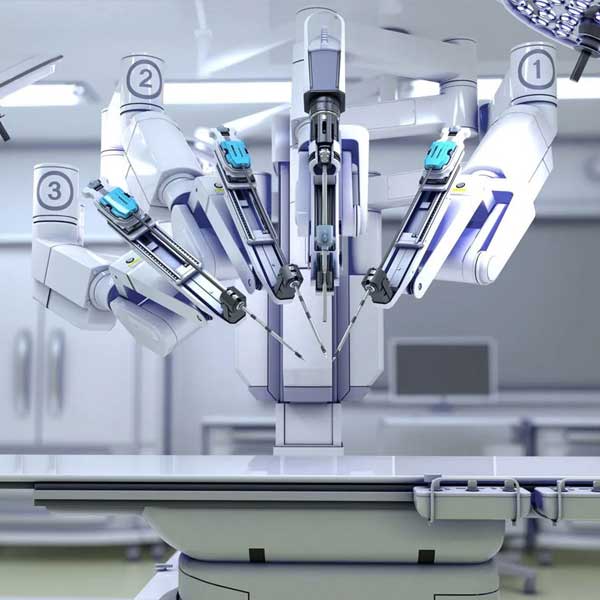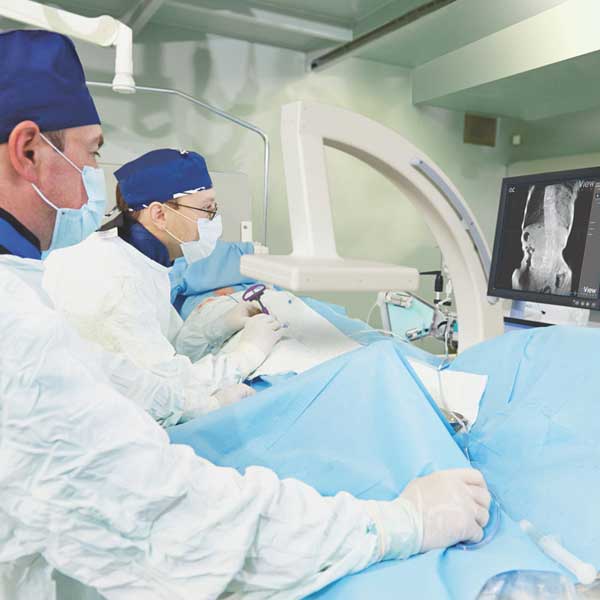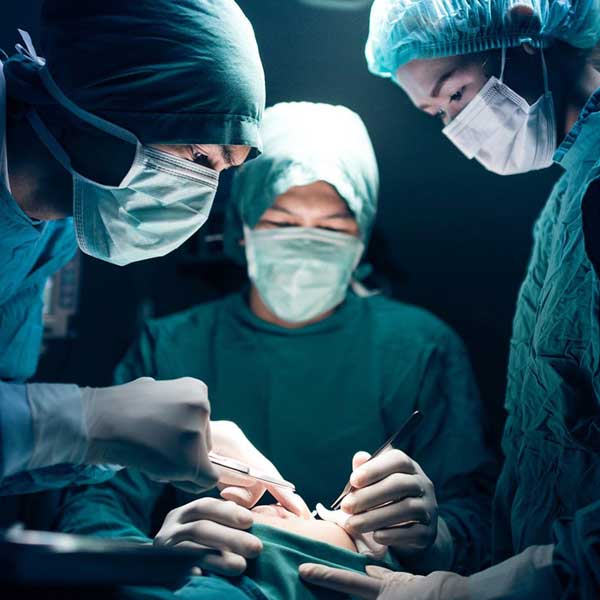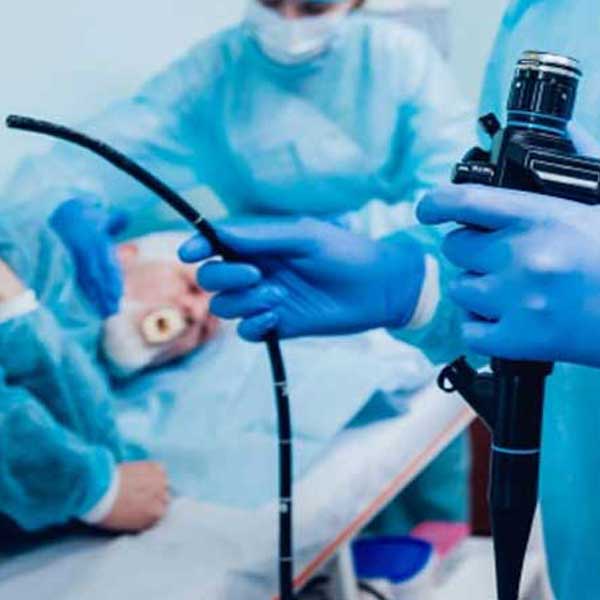Laparoscopic Cancer Surgery
In traditional "Open surgery" the surgeon uses a single large incision measuring 10 to 15cms in size to enter the abdomen.
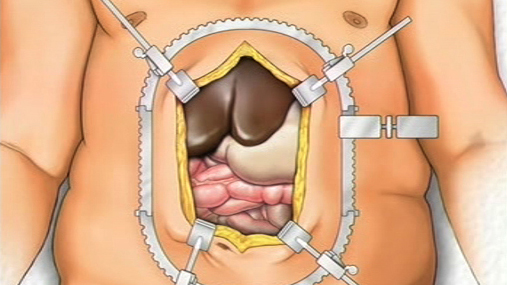
Laparoscopic surgery uses around 4 to 5 small incisions of 0.5-1cm in size. Each incision is called a "port."
At the beginning of the procedure, the abdomen is inflated with carbon dioxide gas to provide a working and viewing space for the surgeon.
At each port, a tubular instrument known as a trocar is inserted. Specialized instruments and a special camera known as a laparoscope are passed through the trocars during the procedure.
The laparoscope transmits images from the abdominal cavity to high-resolution video monitors in the operating room. During the operation, the surgeon watches detailed images of the abdomen on the monitor. This system allows the surgeon to perform the same operations as traditional surgery but with smaller incisions.
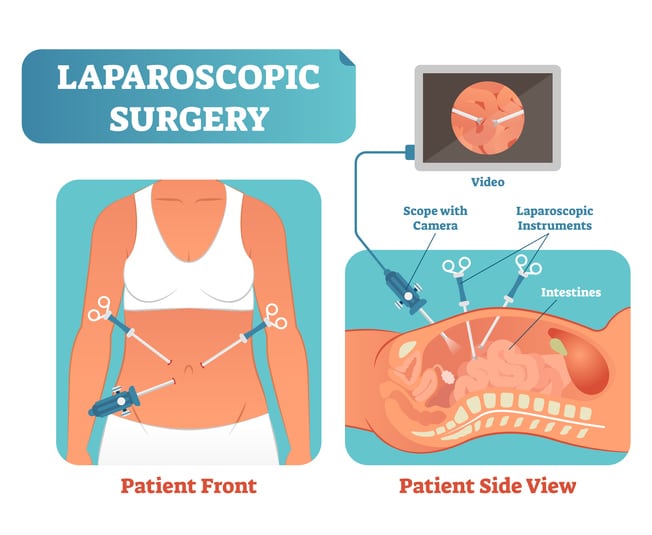
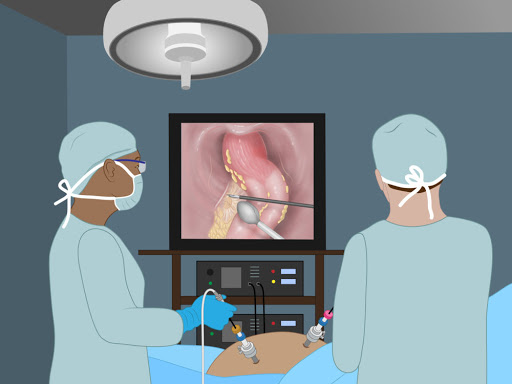
When compared to the traditional open surgery laparoscopic surgery is beneficial because of:
Open Abdominal surgery
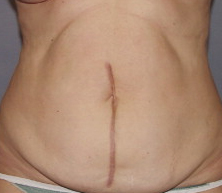
Laparoscopic Abdominal surgery
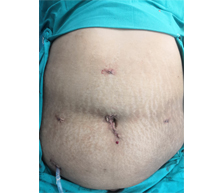
Open Thoracic Surgery
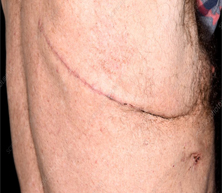
Laparoscopic Thoracic Surgery
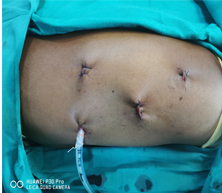
While laparoscopic approaches are used for many abdominal procedures like removal of appendix, gall bladder and hernia repair which allow faster recovery for the patient due to reduced pain and early mobilization, the use of laparoscopic/minimal invasive approach for cancer surgery is still very low and sometimes a matter of debate. For patients with cancer, questions remain about the adequacy of tumour removal, the risk for disease recurrence, and the impact on their survival.
By numerous comparative trials it is proved that Laparoscopic Cancer surgery is safe and equivalent to its open counterpart and is beneficial for the patient and improves quality of life by eliminating large abdominal scars as well as post-operative pain.
At the same time you must remember that Laparoscopic approach cannot be used for all types of cancer. Those which are advanced or stuck to other structures in the abdomen may require an open approach or a hybrid approach requiring a small abdominal scar for removal of the cancer.


